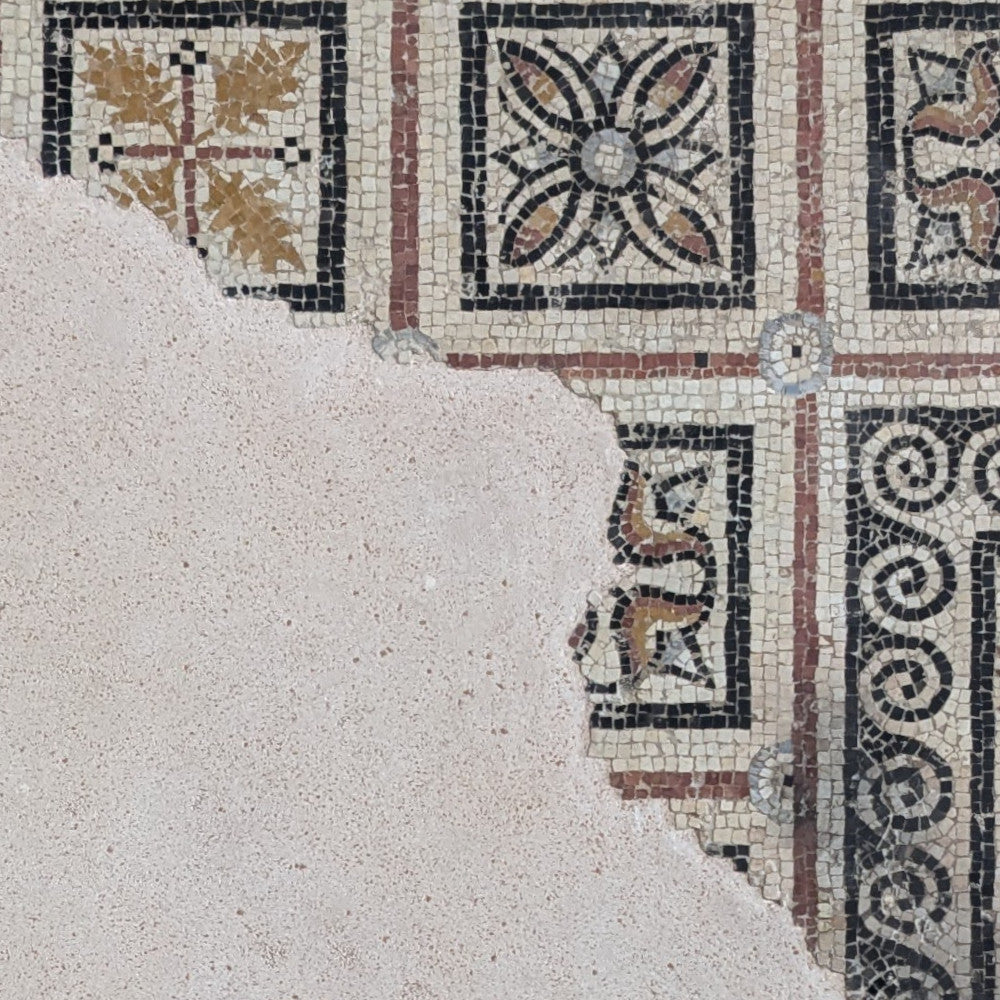
After three months in Provence, I decided to spend a little time in Lyon before leaving France. It’s an interesting city - one that has never suffered a major catastrophe. No war, earthquake, or flood has erased its past. Instead, history has accumulated here, layer by layer, uninterrupted.
I was particularly drawn to the Lugdunum Museum, which houses artifacts from Lyon’s Gallo-Roman past. Built into a hillside at the site of two Roman theaters, the museum disappears into the landscape, allowing the ancient architecture to remain the focal point. Designed by Bernard Zehrfuss in the 1970s, its striking brutalist structure features a cool concrete interior that complements the artifacts within.


Ancient mosaics decorated several of the floors. Some of them perfectly intact, their geometric patterns still crisp and precise. Others had missing pieces, their broken tiles forming organic, almost accidental compositions.






Walking through the city, I moved between centuries: the ancient Roman theaters, Zehrfuss’s brutalist museum, the medieval town center. Finally, as I made my way to the futuristic Confluence Museum, modern buildings reflected in the river, distorting and shifting with the water.



Photos: Swain McCaughrin
Lyon’s history isn’t confined to museums or monuments. It’s woven into the city itself. Each era builds on the last without erasing what came before. Even in a short visit, I saw how effortlessly the past and present coexist, making Lyon feel both historic and alive.
